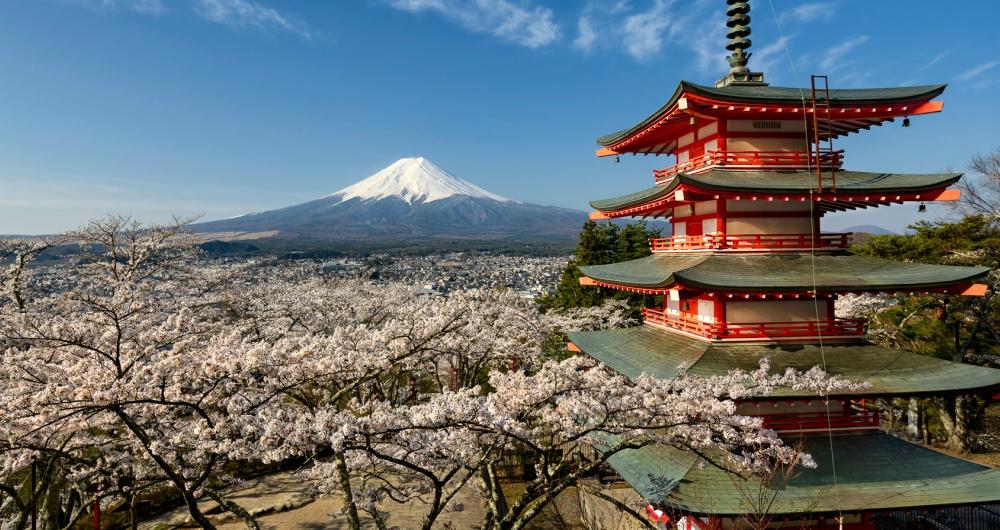In This Article
Craving centuries-old temples, neon-lit cities, and world-class cuisine? Head to Japan! From the serene beauty of Kyoto’s shrines to the fast-paced energy of Tokyo, Japan offers a perfect blend of ancient tradition and futuristic innovation. Whether you're soaking in an onsen, exploring cherry blossom parks, or riding bullet trains, Japan is a journey of culture, contrast, and unforgettable experiences.
Japan Highlights:
- For City Lovers: Explore Tokyo – Dive into diverse neighborhoods like Shibuya, Akihabara, and Asakusa, where tech, fashion, and history collide.
- For History Buffs: Visit Kyoto’s Temples – Discover centuries-old shrines, bamboo forests, and peaceful tea houses in Japan’s former capital.
- For Nature Enthusiasts: Hike Mount Fuji or the Japanese Alps – Take in panoramic mountain views or tackle Japan’s most iconic peak.
- For Foodies: Eat your way through Osaka – Try takoyaki, okonomiyaki, and street food in the nation’s culinary capital.
- For Culture: Watch sumo wrestling or participate in a tea ceremony – Embrace traditional experiences that reflect Japan’s rich heritage.
When I like to visit Japan
The best times to visit Japan are spring (March to May) and autumn (September to November). Spring brings cherry blossoms and pleasant temperatures, while fall offers stunning foliage and clear skies. Summer is great for festivals but can be hot and humid, and winter is ideal for skiing in Hokkaido or visiting snow-covered temples.
Tips for getting to Japan
- By Air: Major international airports include Narita (NRT) and Haneda (HND) in Tokyo, Kansai (KIX) in Osaka, and Chubu Centrair (NGO) in Nagoya.
- By Train (Domestic Travel): Japan’s Shinkansen (bullet train) network connects major cities efficiently with Japan Rail Pass options for travelers.
- By Cruise: Several international cruises dock at ports like Yokohama, Kobe, and Nagasaki.
Where I like to stay in Japan
- Recommended for Families: Hotel Gracery Shinjuku (Tokyo) – A modern, central hotel featuring spacious rooms and the famous Godzilla head.
- For Traditional Stays: Gion Hatanaka Ryokan (Kyoto) – Experience a tatami-mat room, kaiseki dinner, and optional geisha performance.
- For Budget Travelers: K’s House Hostels (nationwide) – Clean, affordable hostels in top cities with great amenities and international vibe.
Best Things to Do in Japan
1. Fushimi Inari-taisha
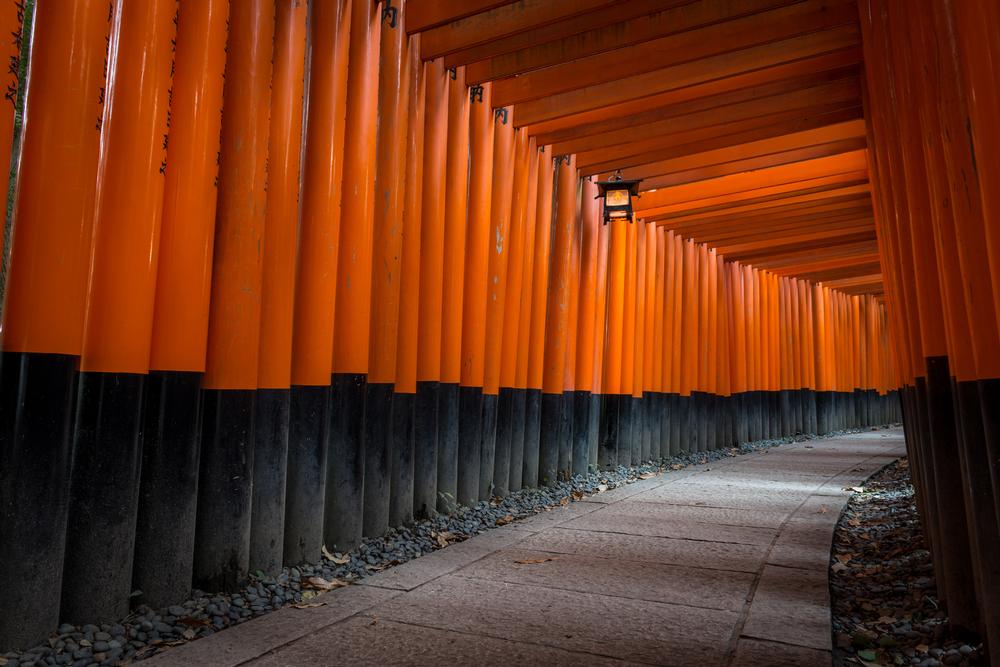
© Courtesy of jdavenport85 - Fotolia.com
Sitting at the base of Inariyama Mountain, Fushimi Inari-taisha is the most important and impressive shrine in Kyoto. The complex is made up of five primary shrines, but many smaller ones line the 4 km path that leads up to the top of the mountain. The peak of the mountain is 233 meters above sea level, and the walk is fairly difficult and takes most visitors approximately 2 hours. The hundreds of stone foxes found throughout the shrine are another interesting feature; the Japanese believe that foxes are the messengers of Inari, the deity of rice.
68 Fukakusa Yabunouchi-cho, Fushimi-ku, Kyoto City 612-0882, Phone: +8-17-56-41-73-31
2. Ghibli Museum
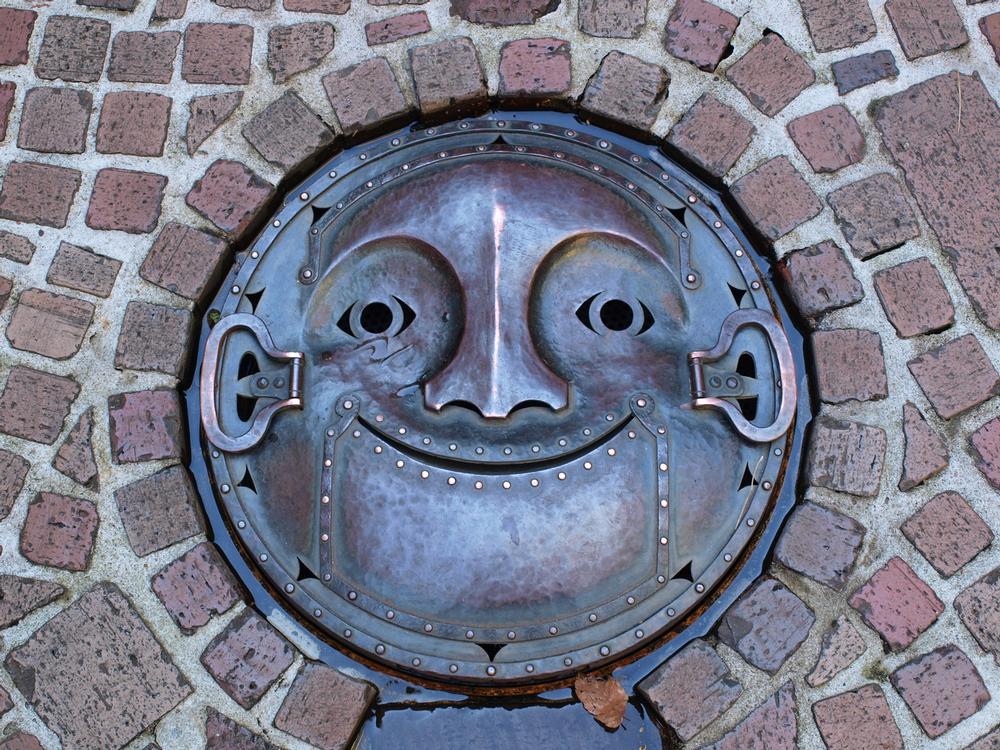
© Courtesy of mrnovel80 - Fotolia.com
Ghibli Museum in Tokyo is one of Japan's best-known animation studios, and the Ghibli Museum was created with the intention of allowing visitors to immerse themselves in the unique, imaginative world depicted in the company's films. The museum is dedicated to the art of animation, but it feels like a cross between a children's playground, a technology expo, and a fine arts museum. Highlights include a rooftop garden, a replica of the Catbus from the movie My Neighbor Totoro, and a short film that can only be seen in the museum's theater. There is no ticket office at the museum, so tickets must be purchased in advance.
1 Chome-1-83 Shimorenjaku, Mitaka, Tokyo 181-0013, Phone: +8-15-70-05-57-77
For History Fans
3. Gotokuji Temple

© Courtesy of tamami - Fotolia.com
Most people familiar with Japanese culture will have seen their fair share of maneki-neko, or beckoning cats, but the collection of these ornaments to be found at the Gotokuji Temple in Tokyo is truly impressive no matter how much time you've spent in the country.
According to legend, this Buddhist temple was the birthplace of the famous good luck charm, and hundreds of them are on display throughout the temple, the grounds, and even the streets leading to the temple. The temple is open every day between 6:00am and 6:00pm, and there is no charge for admission.
2-24-7 Gotokuji, Setagaya 154-0021, Tokyo Prefecture, Phone: +8-13-34-26-14-37
4. Himeji Castle
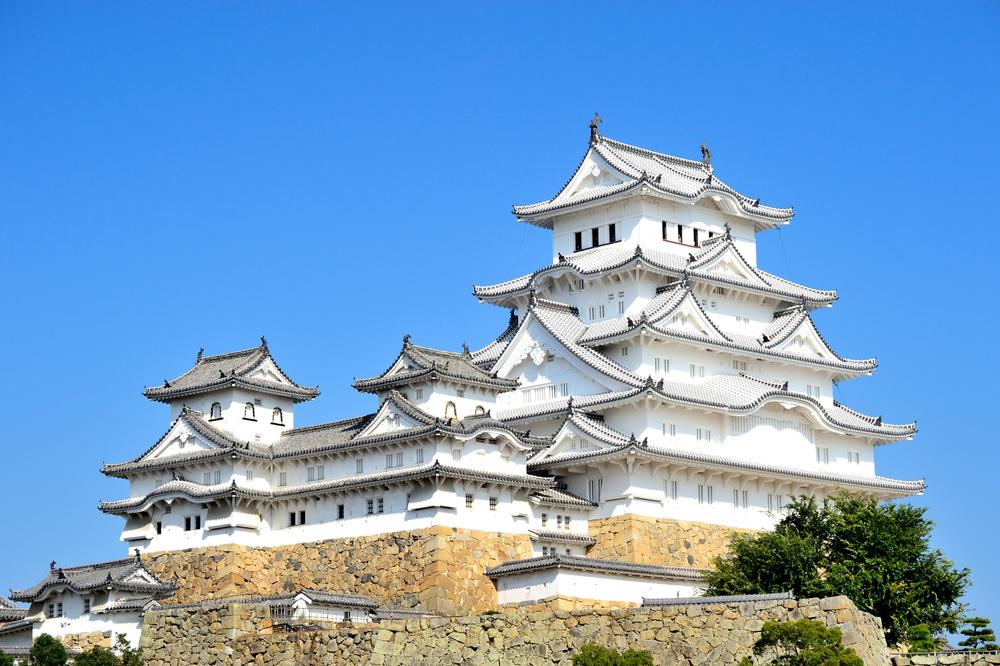
© Courtesy of hayakato - Fotolia.com
Also known as Shirasagijo, or White Heron Castle, Himeji Castle is the largest castle in Japan and is widely considered to be the most remarkable castle in the country. The complex consists of more than 80 buildings connected by a succession of gates and pathways, the construction of which took place from 1333 to 1609. Visitors typically enter the castle through the Otemon Gate, which leads into an admission-free lawn lined with cherry trees. From here, anyone wishing to explore the castle in more depth can pay an admission fee and pass through the Hishi Gate into the main keep.
68 Honmachi, Himeji, Hyogo Prefecture 670-0012, Phone: +8-17-92-85-11-46
5. Hiroshima Peace Memorial

© Courtesy of apinpornb - Fotolia.com
One of the city's most prominent landmarks, the Hiroshima Peace Memorial is the only surviving building to stand on the spot where the atomic bomb was dropped on August 6, 1945. The building has been a UNESCO World Heritage Site since 1996, and it serves as a memorial to the more than 140,0000 people who were killed by the bomb. It's also known as the Atomic Bomb Dome or A-Bomb Dome, and can be found in the beautiful Hiroshima Peace Memorial Park alongside the Hiroshima Peace Memorial Museum and the Cenotaph for the A-Bomb Victims.
1-10 Otemachi, Naka Ward, Hiroshima, Hiroshima Prefecture 730-0051, Phone: +8-18-22-42-78-31
Attractions for Couples
6. Historic Villages of Shirakawa-go and Gokayama
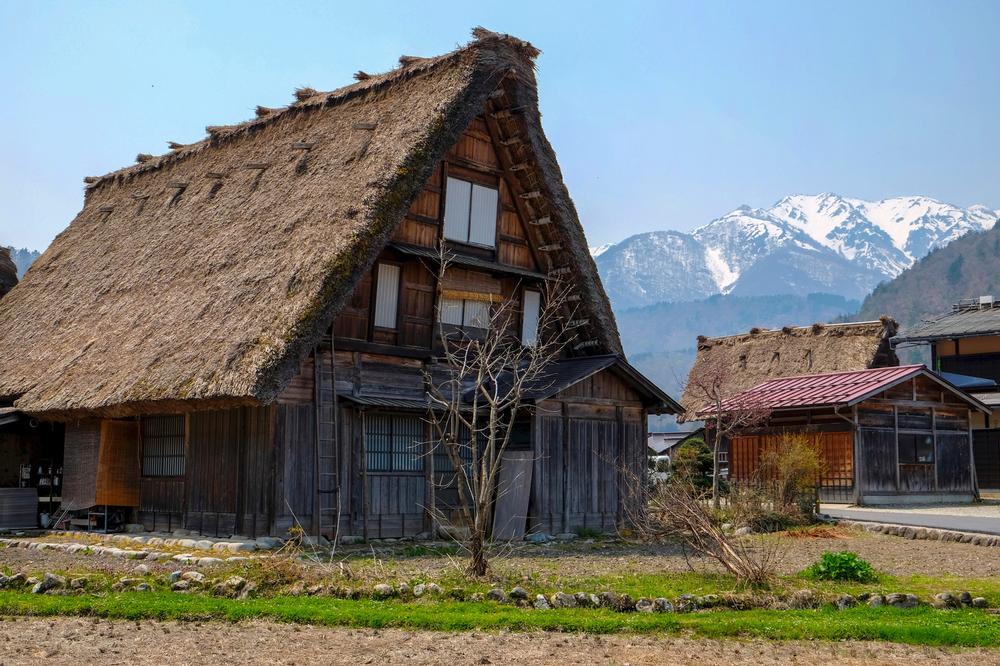
© Courtesy of lhboucault - Fotolia.com
Hidden away in the remote Shogawa River Valley, the Historic Villages of Shirakawa-go and Gokayama have been a UNESCO World Heritage Site since 1995. Spread out over an area of 170 acres, the villages are best known for their traditional farmhouses, some of which were built more than 250 years ago. Known as gassho-zukuri, the houses have steep thatched roofs designed to withstand the region's typically heavy snowfall. It's possible to visit the town on a day trip from Takayama, but anyone with enough time can choose to spend the night in one of the farmhouses.
Shirakawa, Ono District, Gifu Prefecture 501-5600, Phone: +8-15-76-96-10-13
7. Itsukushima Shrine
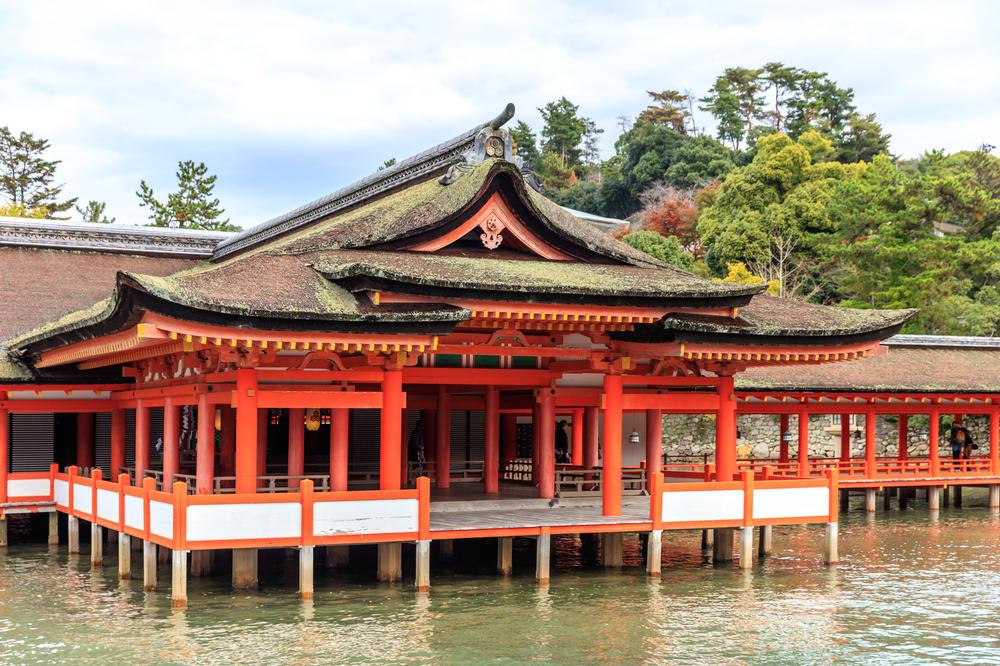
© Courtesy of pigprox - Fotolia.com
Built in honor of the three daughters of the Shinto god responsible for seas and storms, the Itsukushima Shrine is a Japanese National Treasure located on the island of Miyajima. Made of camphor wood, the shrine was first constructed in 593 AD, but has been rebuilt many times, most recently in 1875. It stands on a set of piers over the Seto Sea, and seems to float in the water at high tide. Boat tours of the bay are offered at high tide, but some visitors prefer to go during low tide, when they can walk right up to the base of the shrine.
739-0588 Hiroshima Prefecture, Hatsukaichi, Miyajimacho, Phone: +8-18-29-44-20-20
Recommended Activities for Families
8. Jigokudani Park
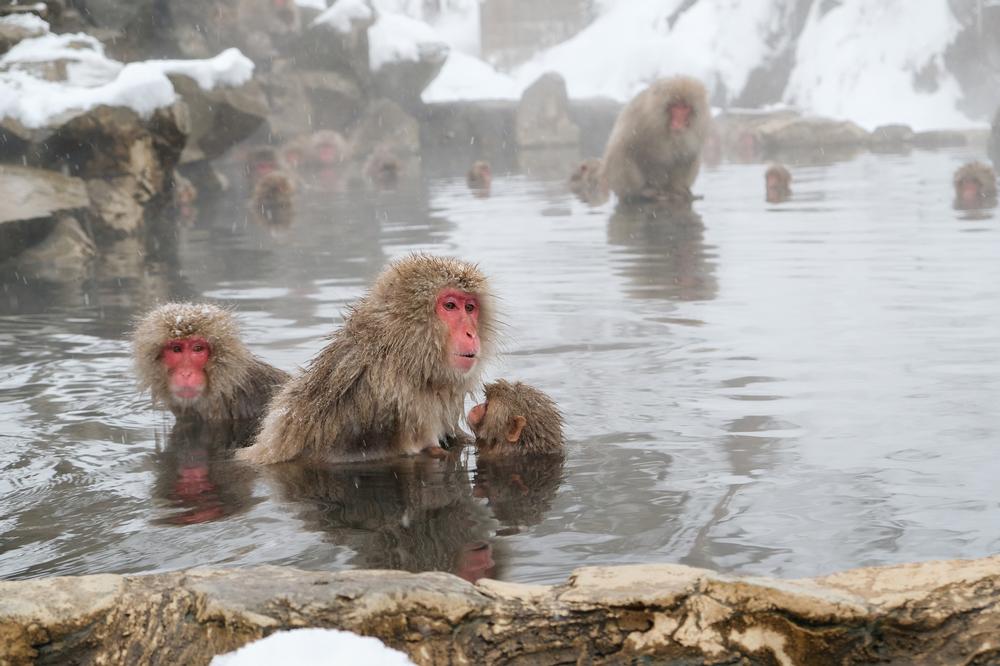
© Courtesy of sewcream - Fotolia.com
Jigokudani translates into English as “Hell's Valley,” but Jigokudani Park doesn't contain the fiery pits you might imagine. Instead, the park offers the unique chance to observe wild monkeys relaxing in a natural hot spring. The monkeys that live here are Japanese macaques, sometimes known as snow monkeys because they are the only non-human primates to live this far north. The monkeys are quite accustomed to humans, but visitors are not permitted to touch or feed them. The park is open all throughout the year, but the best time to visit is during the winter months when the ground is covered with snow.
381-0401 Nagano Prefecture, Shimotakai District, Yamanouchi, Hirao, 6845, Phone: +8-12-69-33-43-79
9. Kamikochi
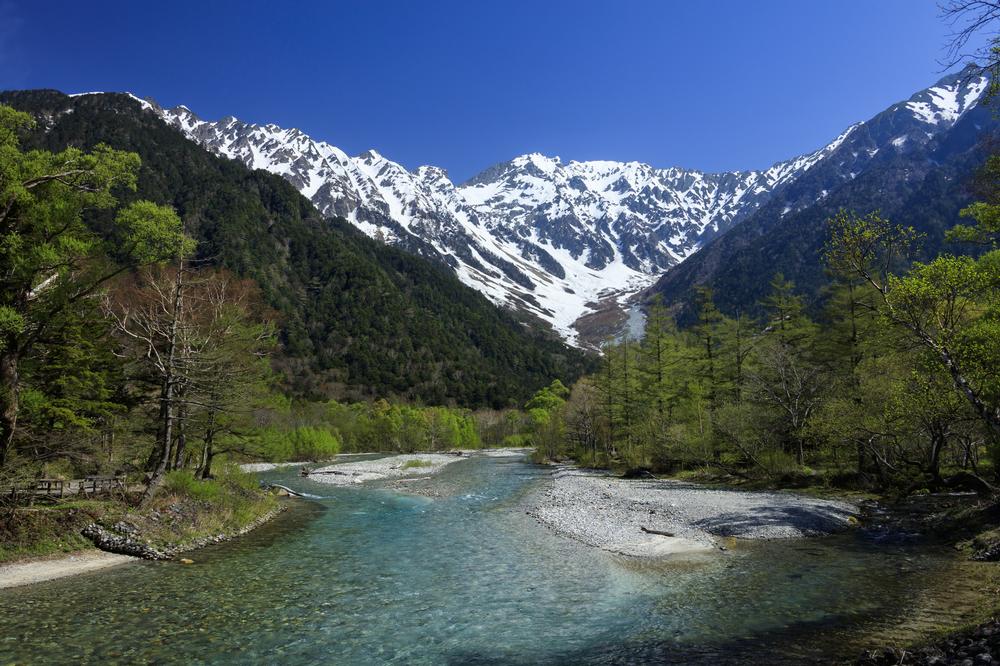
© Courtesy of norimoto - Fotolia.com
Part of the Chubu-Sangaku National Park, Kamikochi is an 18 km valley that offers spectacular views of some of Japan's most impressive mountain scenery. There are plenty of hiking trails that allow visitors to explore the valley and the surrounding mountains, and accommodation options include both campgrounds and hotels. The park is only open between mid-April and mid-November, and is particularly busy during July, August, and October. Private vehicles are not permitted to enter the park beyond the Kama Tunnel, but visitors may leave their cars in one of two parking areas and take a shuttle bus or a taxi to the visitors center.
Matsumoto, Nagano Prefecture, Japan, Phone: +8-12-63-95-24-33
Where I Like to Eat in Japan
- Recommended for Families: Ichiran Ramen – Customizable ramen in fun, booth-style seating; widely available across Japan.
- For Fine Dining: Sukiyabashi Jiro (Tokyo) – Renowned Michelin-starred sushi experience from world-famous Chef Jiro Ono.
- For a Casual Meal: Conveyor Belt Sushi (Kaitenzushi) – Affordable, fresh sushi served via conveyor belts—look for chains like Sushiro or Kura.
My favorite local events:
- For Spring Visitors: Cherry Blossom Festivals (March–April) – Celebrate sakura season with hanami (flower viewing) picnics in Tokyo, Kyoto, and more.
- For Summer: Gion Matsuri (Kyoto) – Japan’s most famous festival with massive floats, parades, and traditional dress (July).
- For Winter: Sapporo Snow Festival (February) – View intricate snow and ice sculptures at this dazzling winter event in Hokkaido.
Day Trip Itineraries Within 30–90 Minutes of Tokyo:
- For History: Kamakura (60–75 min) – Visit the Great Buddha, temples, and surf-friendly beaches in this historic seaside town.
- For Nature: Nikko (90 min) – Explore ornate shrines, waterfalls, and mountain scenery in a UNESCO World Heritage site.
- For Hot Springs: Hakone (75–90 min) – Ride cable cars, soak in onsen, and view Mt. Fuji on a clear day.
- For Urban Shopping: Yokohama (30–45 min) – Enjoy waterfront views, Chinatown, and Cup Noodles Museum in this modern port city.
- For Culture & Architecture: Kawagoe (60 min) – Stroll through “Little Edo” streets with preserved old merchant houses and sweet shops.
Plan Your Trip


